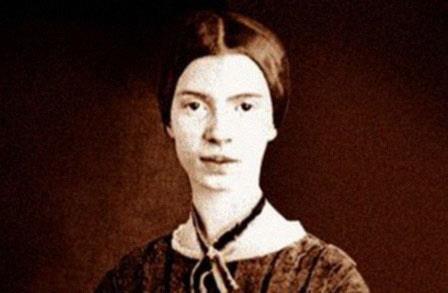Emily Dickinson stands as one of the most enigmatic and influential voices in American literature. Born in 1830 in Amherst, Massachusetts, she lived a life that appeared ordinary from the outside. Yet behind the closed doors of her quiet family home, her imagination roamed galaxies of emotion, spirituality, love, and mortality.
Dickinson rarely left her house and was famously private. Many of her neighbors may have known her only as the reclusive woman dressed in white, tending the garden or writing in isolation. What they could not see were the nearly 1,800 poems she crafted with the sharpness of a needle and the tenderness of a blooming flower. Her verses were unconventional and daring for their time: short lines that cut like lightning, punctuation that looked like mysterious breaths, and themes that ventured boldly into the unknown.
Her poetry often explores the deepest human questions. She wrote of death not as a terrifying end, but as a curious companion knocking at the door. She described love like a wildfire that even silence could not contain. Nature, for her, became a grand cathedral where every bird, leaf, and sunrise whispered secrets of eternity.
Though only a handful of her poems were published while she was alive, Dickinson’s work emerged after her death as a treasure chest of literary brilliance. Today she is celebrated as a pioneer of modern poetry, a woman who found infinity inside a single room and who transformed the ordinary into something sacred.
Emily Dickinson’s legacy reminds us that the quietest voices can echo the loudest across time. Her poems remain alive, fluttering like small but powerful wings in the hearts of readers around the world.

